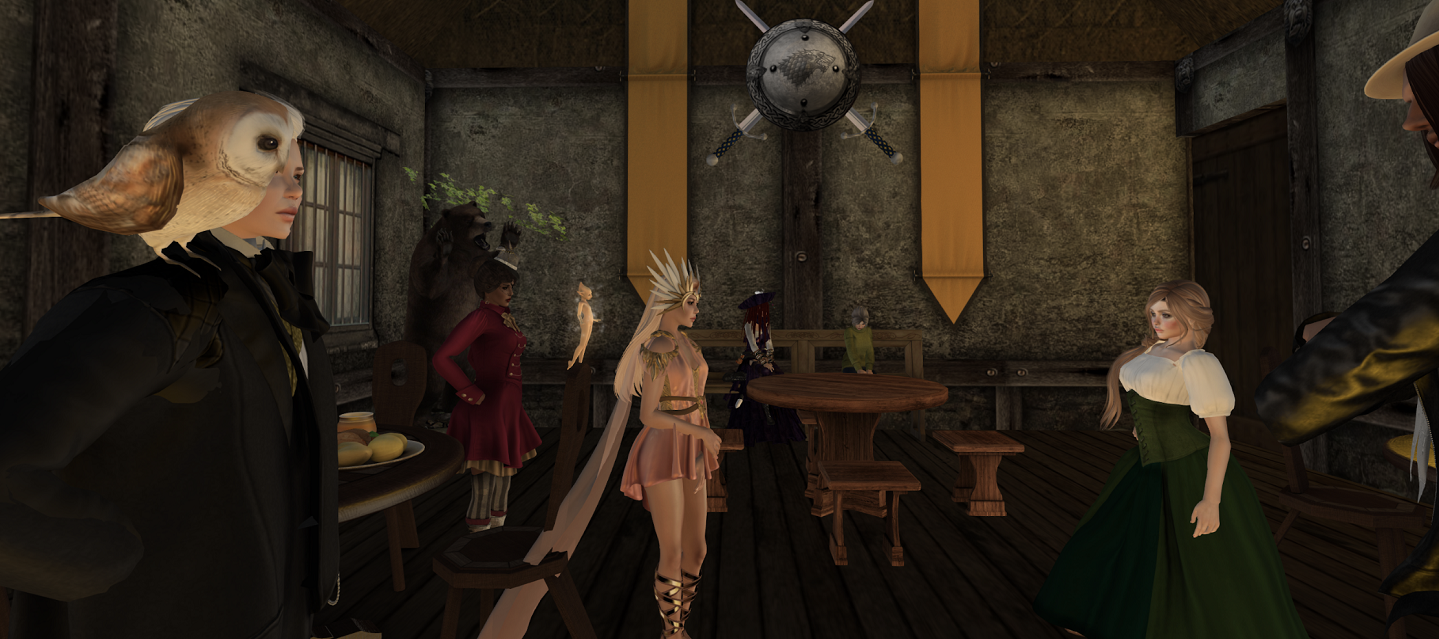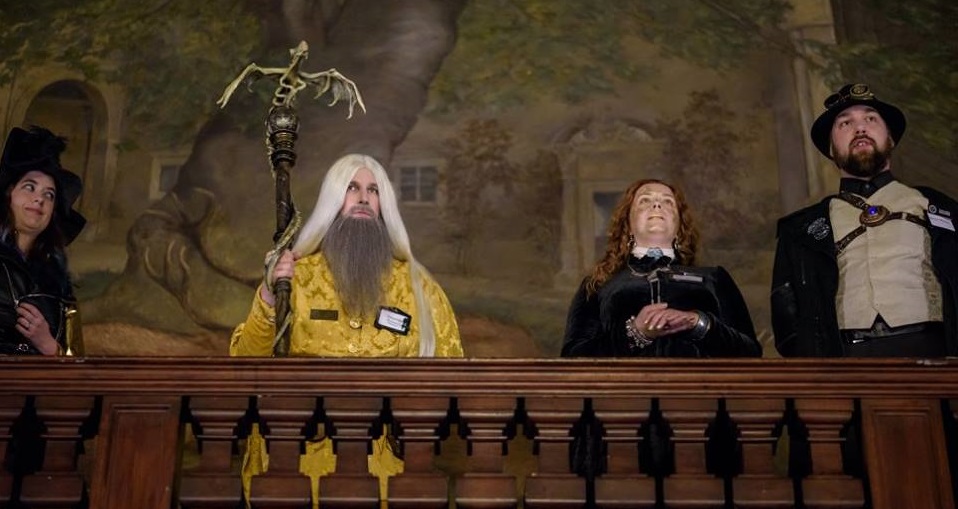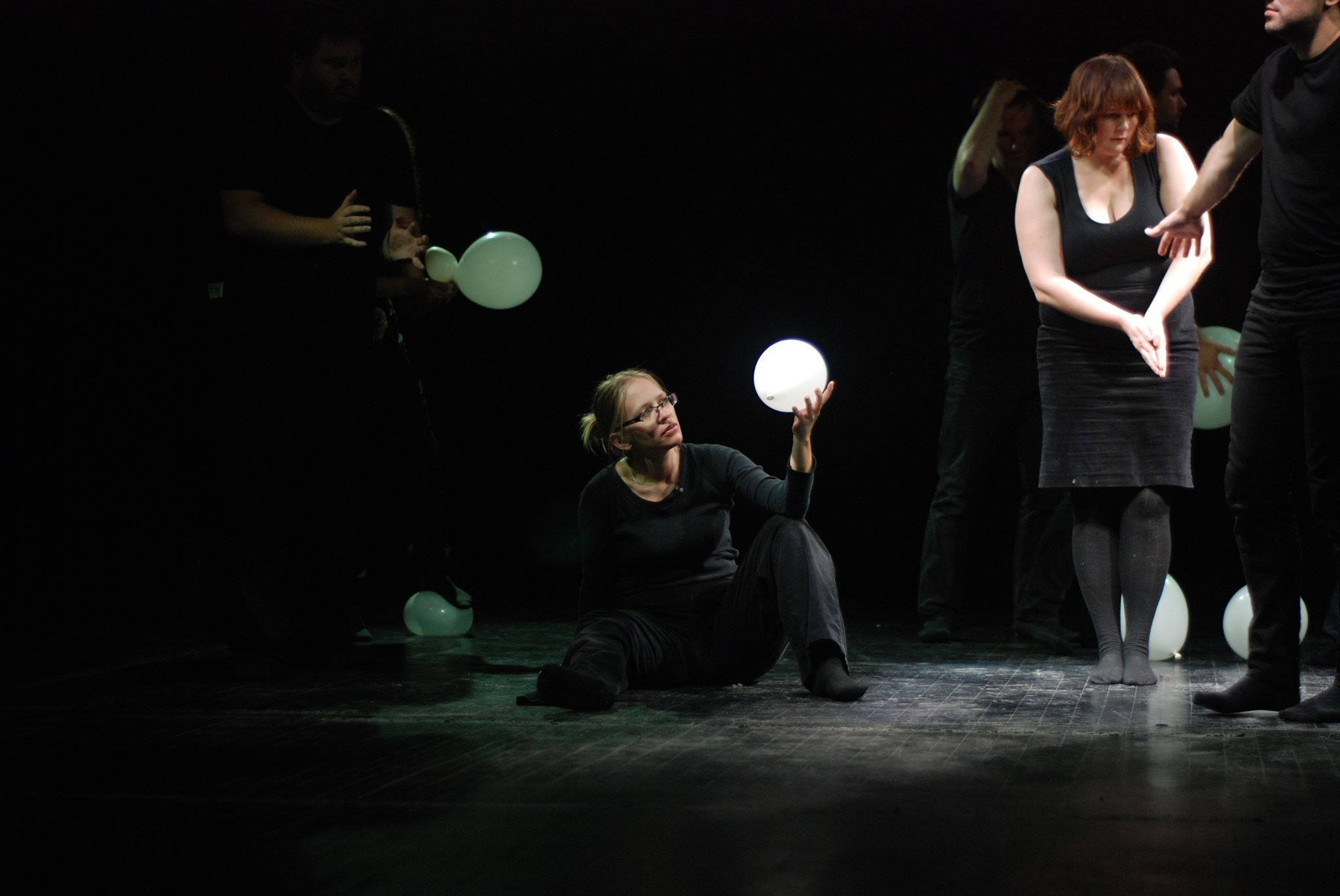Author: Evan Torner

-

Pandemic Larp Improvisation
Larp organizers have learned a thing or two about organizing scenarios. How have we applied those skills during the COVID-19 pandemic?
-

Heuristics for Larp
Heuristic techniques help us reduce the load of decision making. They’re especially useful when it’s not possible (or just not worth the time it would take) to find an optimal solution. They are mental shortcuts that are generally good enough.
-

Labor and Play
in
Have you gone to a larp requiring more work than your day job? Have you done work in a larp and been compensated with fictional resources rather than money?
-

Tensions between Transmedia Fandom and Live-Action Role-Play
in
Larping in a franchise means players are familiar with the material. Yet fan practice may contradict larp’s flexibility. How to address these tensions?
-

Literary and Performative Imaginaries – Where Characters Come From
in
Character sheets are an important part of a roleplaying game’s “text”, but how are they constructed, and how do they operate? Evan Torner investigates.
-

The Golden Cobra Challenge: Amateur-Friendly Pervasive Freeform Design
Once upon a time – actually, at GenCon 2014 in Indianapolis, USA – several of us discovered a design problem for live freeform games. For the last five years, the independent role-playing game scene here in North America has run an expanding series of crowdsourced events under the banner of Games on Demand. Players show…